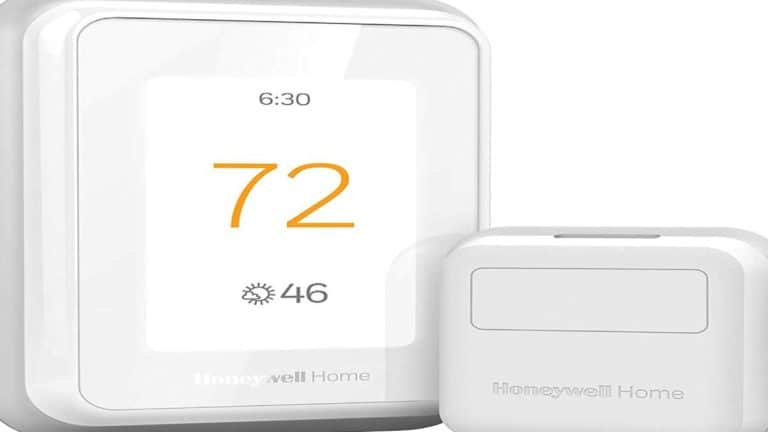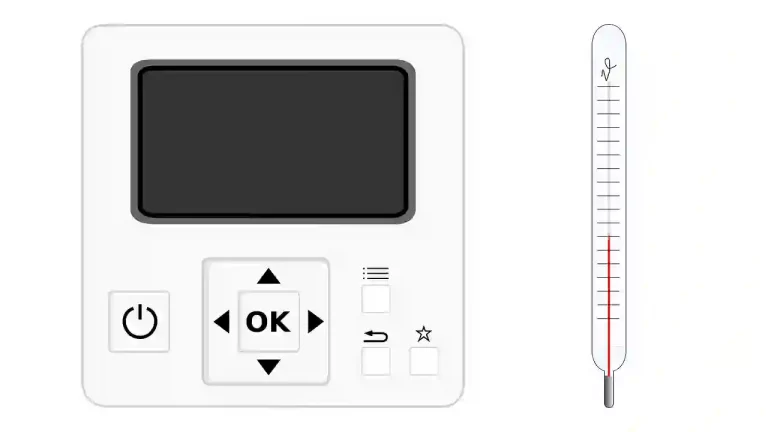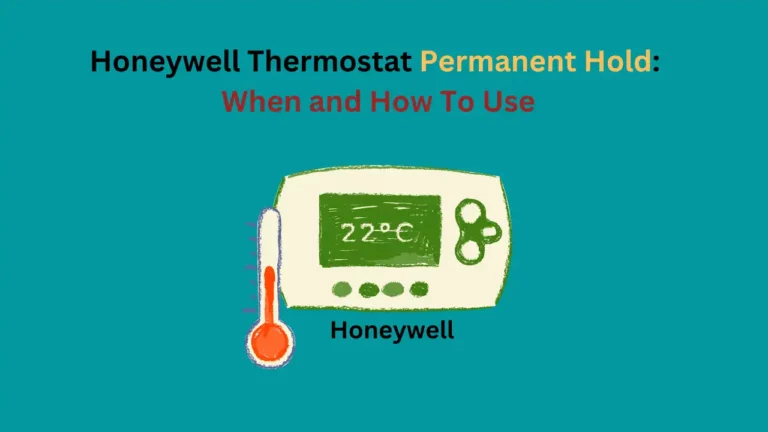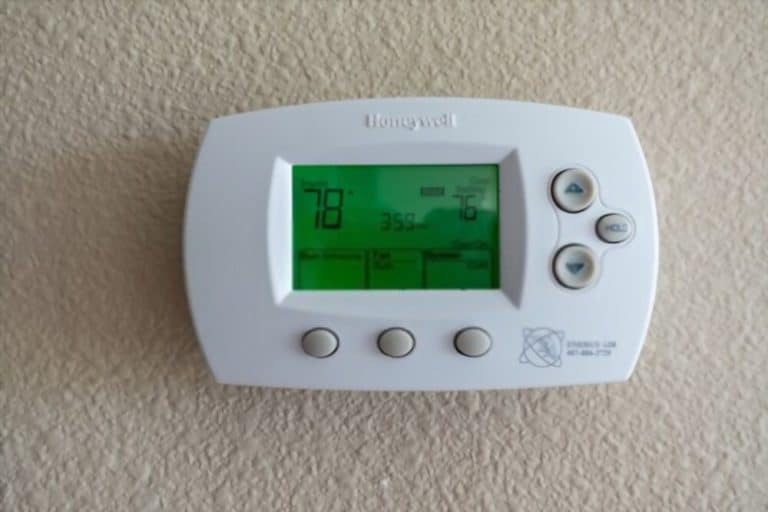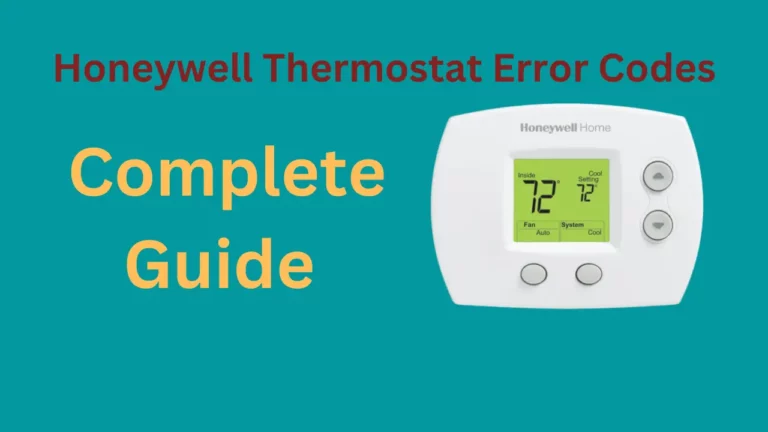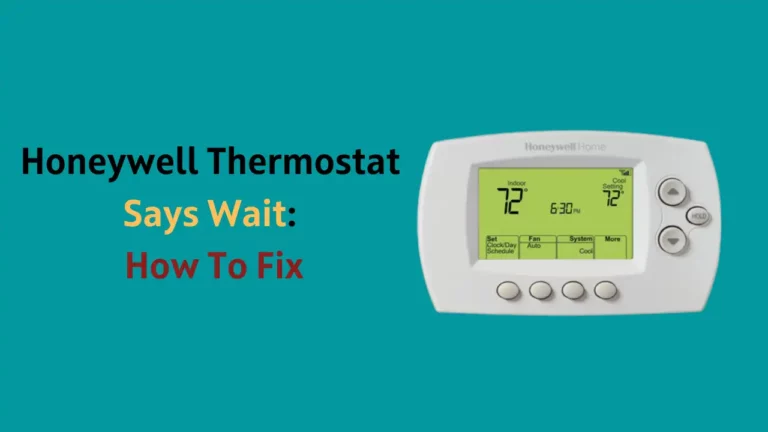If you live in a portion of the U.S. that faces below-freezing temperatures or is too cold for comfort, you may be very grateful for your Honeywell heating system!
However, if you’ve noticed the EM Heat function on your thermostat, you may be looking for a guide on “When and How to Use EM Heat on Honeywell Thermostat?”
According to the website of the Honeywell Home company, a Honeywell thermostat owner using EM Heat can use a heat source as a backup when the heat pump fails. This causes the heat pump’s service to be blocked out of the system. Because EM Heat is not the standard mechanism for long-term heating, you should only use it in emergencies.
In this article, I will cover topics such as what the EM Heat Feature is and does, when it is best to use the EM Heat feature and when it should be left inactive, and how to activate it!
Let’s begin so you can operate this useful feature with confidence!
Heat Pump Modes
You heat pump work on three different modes and switch to different modes automatically ap per the climate.
Primary Heat pump
The primary heat pump acts similarly to an air conditioner by drawing in outside air and using it to heat up the inside atmosphere.
To cool off, it does the opposite- sucking out interior air and releasing it into its surroundings.
Auxillary Heating
When the outdoors becomes too chilly for your primary heat pump to provide sufficient warmth, that’s where aux heat comes into play.
Your HVAC system will switch on an electric heat strip to produces extra heat, ensuring you stay cozy all winter long!
Backup Furnace
When faced with a chilly season that lasts for an extended time, most homeowners make the cost-effective decision to switch from electricity to gas as their backup source of heat.
Not only is it cheaper than electric energy, but it’s just as effective! By doing this one simple change, you can save money without sacrificing efficiency.
What is Emergency Heat on a Honeywell Thermostat?

The EM Heat is typically a switch that operates a specific safety and convenience feature programmed into your Honeywell Thermostat.
As mentioned above, this feature is meant to take over when the normal heat pump in your air conditioning system fails.
There are many reasons why a heat pump may stop working. Sometimes all the problem entails is a clogged air filter, keeping the system from pumping heat into your home.
Sometimes, however, the snow or cold is too much for your heat pump system to continue fighting against, and it breaks down.
When this latter option is the problem, it can cause discomfort and danger to your home. Without the heat pump, you could be left without a way to warm up your whole house against the cold. This is why your EM Heat function stands for “Emergency Heat!”
The Emergency Heat switches on to swoop in and save the day, offering full house heating when the heat pump stops working.
However, this is a manual function you’ll need to activate yourself in most cases. Therefore, the question arises “when should you use EM Heat”?
When To Use Emergency Heat on Honeywell Thermostat?

As great as the EM Heat function is as a benefit of the Honeywell Thermostat product, it does have one significant drawback. The EM Heat function is not really meant to run for more than the time it takes to get your heat pump serviced.
This is because Honeywell EM Heat, while useful to keep you from freezing in sub-temperatures, is actually not efficient when compared to a working heat pump.
It will wind up costing you much more money in heating bills, and remember, once your hardworking EM heat operates on its own for too long, it may break down too.
If this happens, you’ll be left without a way to heat your home thoroughly at all until both are repaired.
Therefore, understanding when it is okay to use your EM Heat feature is important to set straight! You should only turn on your EM Heat in emergencies.
It is important to understand that EM Heat will not help your house become extra-warm when it is not needed to replace the heat pump’s function, and it will cost you more money if you try to use it that way.
The most straightforward thing to do is switch on your EM heat when it becomes clear that your heat pump, the primary Honeywell heat source, has failed. Then, switch the EM heat right off again when the heat pump is repaired as soon as possible.
This will save you exorbitant heating prices and a lot of hassle in the event that your heating systems fail entirely.
How To Use EM Heat Function on Honeywell Thermostat?
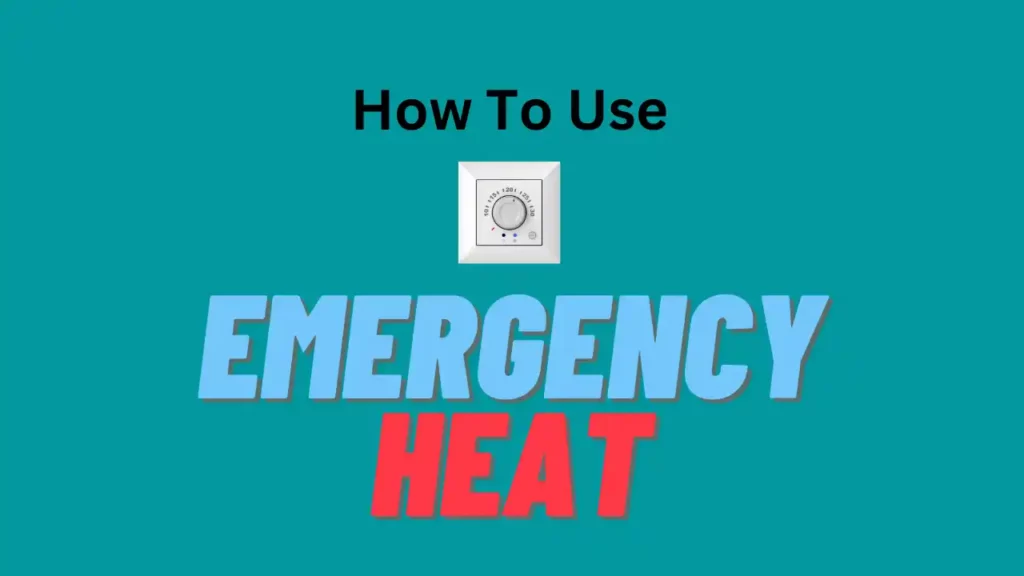
Now that you know exactly which emergencies qualify you to turn on your Emergency Heat, you may benefit from understanding how to activate it. Don’t worry!
I have included some tips to help you get the most out of your EM Heat without misusing its useful function.
- Wait for the Automatic Activation – Some Honeywell thermostat models will have a temperature threshold that they wait for before turning on the Emergency Heat setting automatically. In this case, if your heat pump stops working, the Honeywell thermostat will sense it and turn on EM Heat to keep you warm.
- Locate the EM Switch – On some of the digital or non-programmable models of Honeywell thermostats, you’ll have to take a more hands-on approach to get EM Heat started. Luckily, you can typically find the EM Heat Switch on the display as one of three modes: Heat, Cool, and EM.
- Turn on EM Heat – To turn on EM Heat, simply use the buttons to scroll toward the “EM” mode on your Honeywell Thermostat’s display screen. You will know that EM Heat has been activated because a red light will indicate it. This is your Thermostat’s way of warning you that an emergency, slightly more expensive mode is in use.
- Call a Service Professional – If you need to use your EM Heat Feature and have successfully turned it on, this means that your heat pump is not operating correctly. As previously mentioned, you’ll need to get this fixed as soon as possible! Call your nearest service professional at your earliest possible convenience.
- Switch the EM Heat Off – When your heat pump is fixed, or your EM heat is no longer needed, you should switch the EM Heat off. It will not automatically shut down, and will cost you more money in bills as long as it runs. Therefore, be sure to use your Honeywell display pad to scroll away from the “EM” mode!
Is Emergency Heat More Expensive To Run?
Emergency heat is more expensive to run than a primary heating system. When using emergency heat, the system has to use extra energy and resources to keep your home warm.
When you rely on emergency heat for long periods of time, it can quickly add up in terms of costs.
Auxiliary heating systems come in two typical forms: gas furnace and electric heat strips.
You should use it only when necessary to save money and get the most out of your emergency heat.
You should also ensure that your home is properly insulated to reduce energy costs and improve overall efficiency.
To get your heat pump working swiftly and efficiently, reach out to an experienced technician. They can help you with the repair process so that everything runs smoothly in no time.
Should I Use Heat Or EM Heat?
If you are trying to heat a small area, then using EM Heat is probably your best bet.
However, when you switch to electric heat in the wintertime, your thermostat has a high probability of switching into auxiliary heat mode. This will cause an undesirable increase in energy costs.
Therefore, I recommend using this Emergency heat only when it’s an emergency and turning on EM heat mode is your last resort.
What’s The Difference Between Heat And EM Heat On My Thermostat?
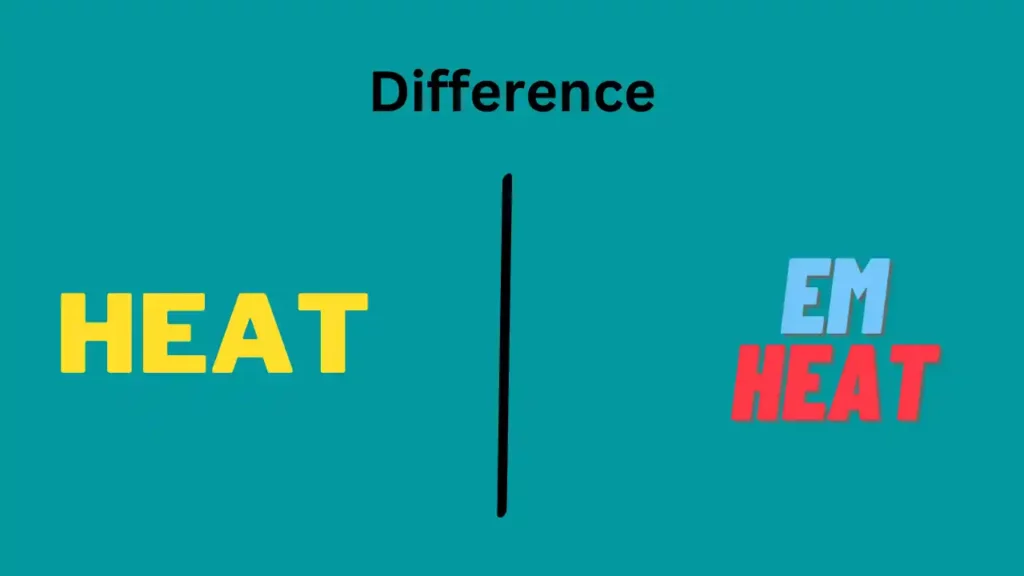
Heat and EM Heat are two different types of heating settings on a Honeywell thermostat.
Heat is more common, as it uses your traditional heating system, such as a heat pump to heat your home.
The EM Heat setting stands for “Emergency Heating” and will require an additional heater or electric heat strip to provide additional heat.
This feature is typically used when your heat pump compressor stops working in extremely cold weather.
How Much Does It Cost To Run EM heat?

When running on emergency/auxiliary heating mode, the cost of electricity bill can exceed $1.30 per hour.
If your heat pump is operating in auxililiary mode or Emergency heat mode (when outdoor temperatures are above freezing or no sudden adjustment has been made to the thermostat), your system is likely malfunctioning and needs repair.
Conclusion
To sum it up, Honeywell Thermostats come with an emergency heat feature to replace the heating pump when and if it fails. This function, called “EM Heat,” can be activated on the display screen of your Honeywell product and should be used when it is clear that the heat pump is not warming your house up correctly.
Once a red light indicates that the EM Heat has been activated, your house will heat up, but it will cost you more in heating bills until it is manually switched off. For this reason, only activate EM Heat in emergencies, and get your primary heating source, the heat pump, fixed as quickly as possible!


